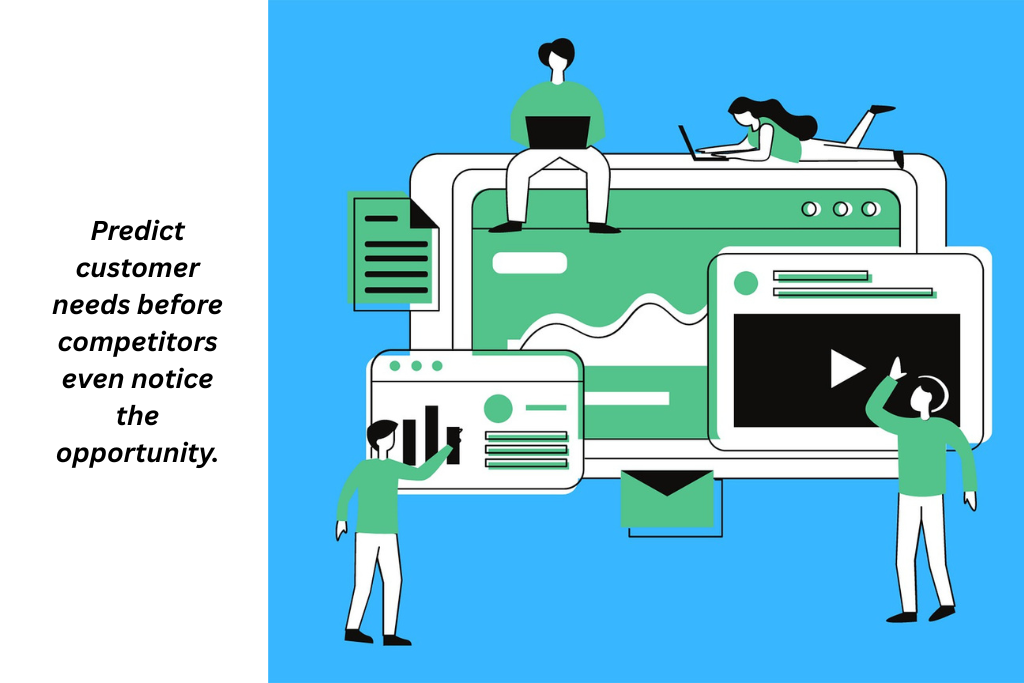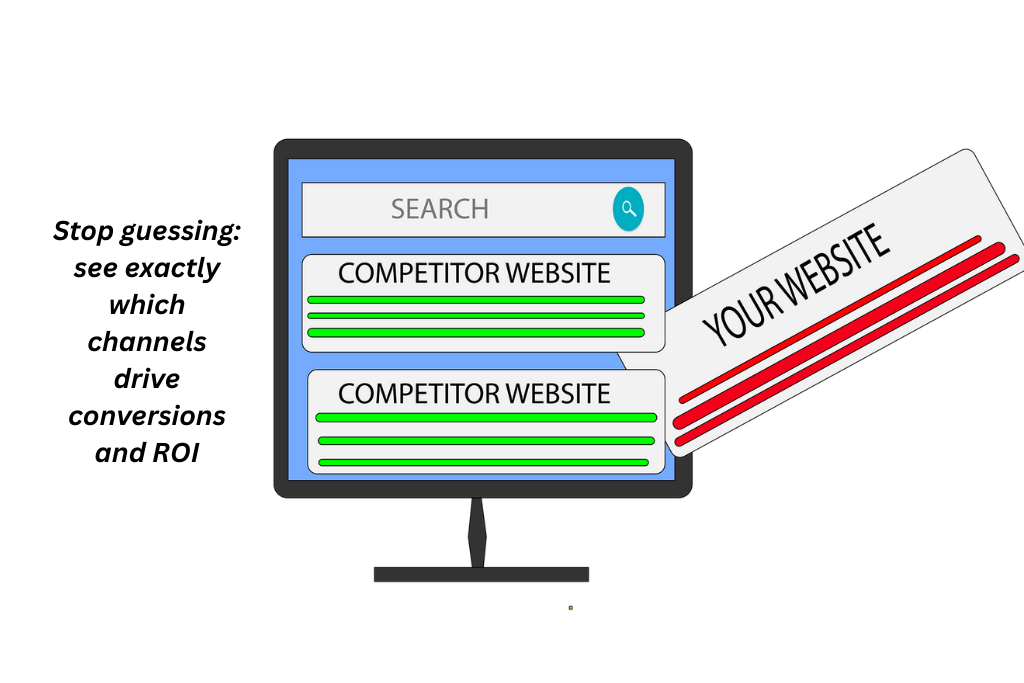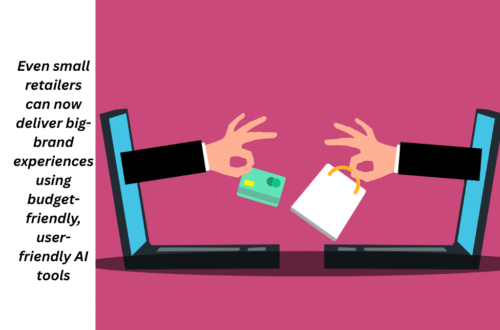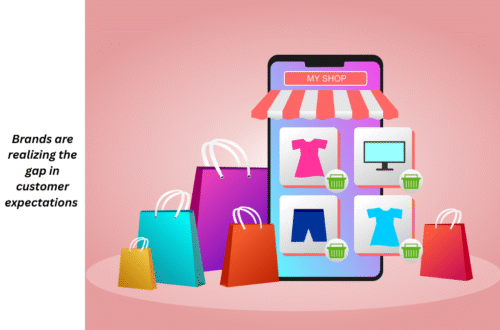
How Small Businesses Can Use Omnichannel Analytics to Outsmart Bigger Competitors in 2025
Customers’ behaviors are changing faster than you think. The continuous shift in market trends and buyer expectations requires data-driven marketing. That’s why you can no longer rely on guesswork. Instead, you need the clarity to see what’s working and what’s not.
Although large companies can afford bigger ad spend but the success is not guaranteed. They often waste resources on poorly targeted campaigns and outdated strategies. This leaves a more agile chance for small businesses to use precise analytics and make their every dollar count.
How Omnichannel Analytics Helps Small Businesses?
Omnichannel analytics tracks customer behavior across all platforms. It brings online and offline data together in one clear picture. This allows small businesses to understand where customers are coming from. Omnichannel analytics encompasses that
- What influences customers to make a decision
- How to offer a more personalized experience
In short, Omnichannel analytics is the process of collecting user data. This data is then integrated and analyzed from all interaction points, including online and offline. The data is used to create a complete view of the customer journey. Here’s how it helps small businesses:
Identifying and Focusing on High-Value Customer Touchpoints
Not every interaction with your customers is equally valuable. Omnichannel analytics reveal which platforms are most influential in your customers’ buying journey. This allows you to take more actions on the channels that matter most. In that way, you will not run out of your resources while targeting with the right strategies.
Personalizing Customer Journeys Without Massive Teams or Budgets
Unlike big brands with large marketing teams, small businesses have lean teams. The analytics helps them to achieve similar personalization through data integration and automation. By understanding individual customer preferences and behaviors, you can deliver personalized messages across all channels. 
What are the Benefits of Omnichannel Analytics in 2025?
Omnichannel analytics offer a unified customer view all in one place to help you make better decisions. Instead of creating separate reports for each platform, it combines all customer interactions in one place. This bigger picture makes it easier to understand how each customer moves through your sales funnel.
Smarter Attribution
Along with that, the Omnichannel analytics uses advanced attribution models to identify the role each channel plays in the buying journey. This way, you can see whether Instagram sparked initial interest, email closed the sale, or a combination of both made it happen. The smarter attribution helps you allocate budget more effectively.
Real-Time Insights
Markets move quickly, and you have to wait for weeks to review campaign data. This may lead to missed opportunities. With Omnichannel analytics, you can get real-time reports. This allows to spot spikes in engagement and respond to seasonal trends instantly.
Improved ROI Tracking
If you think that your ROI is at risk, then go for Omnichannel analytics. With this, you can track how much revenue is generated from each campaign.
Key Strategies for Small Businesses to Outsmart Bigger Competitors
Omnichannel analytics does not target broad groups. It helps you find smaller and higher-potential customer groups. You can create ultra-targeted campaigns in these micro-groups. Since the targeted groups are smaller, your campaigns resonate more deeply. They will also increase conversions.
Personalizing Across Touchpoints
Insights from omnichannel analytics are important. Using them ensures that all your platforms are delivering the same message. This makes your brand feel consistent at every interaction. Also, the customers enjoy a seamless brand experience.
Anticipate Customer Needs
Omnichannel analytics uses historical data. This data helps to forecast the future behavior of customers. It can predict when a customer is likely to reorder or upgrade. Acting on these predictions gives you the chance to send the right offer or reminder before competitors.
Turn Analytics Data Into Campaigns Automatically
It saves from manually reviewing reports and deciding the next steps. Also enables you to set up automation rules. For example, if a customer abandons their cart, an email with a discount can be sent instantly. This will save your time while boosting conversions.
Affordable Omnichannel Analytics Tools for Small Businesses
To gain powerful insights from omnichannel analytics, you don’t need powerful insights. Instead, use the affordable and user-friendly tools. These tools will help you to analyze and optimize customer interaction across multiple touchpoints.
Google Analytics 4 (GA4)
This tools is best for website, app, and ad campaign tracking. It is a free and powerful tool for beginners and business growth. GA4 provides a complete view of customer behavior across websites and apps. It supports
- Event-based tracking
- Cross-device measurement
- Integrates with Google Ads for seamless attribution.
Zoho Analytics
This tool is highly suitable for businesses needing custom reports across multiple data sources. Zoho Analytics connects with sales, marketing, social, and financial platforms. It also creates a unified dashboard. Its drag-and-drop interface makes it simple to generate visual reports without coding.
Glew.io
You can use these tools for E-commerce performance analysis. Glew.io centralizes sales, inventory, marketing, and customer data. Its pre-built KPIs and advanced segmentation help small stores make better inventory and campaign decisions.
The Do’s and Don’ts of Using Omnichannel Analytics in Small Business
Do’s
- Integrate data sources. It’s because disconnected tools create blind spots.
- Measures the total revenue a customer is expected to generate over their relationship with your business.
- Track which marketing channels drive the highest conversions.
- Check the indications on how well you keep customers coming back.
- Work harder on high-performing strategies
- Continuously refine customer journeys to improve engagement and conversions.
Don’ts
- Do not track too much irrelevant data. Collecting excessive data without a clear purpose can dilute your insights.
- Do not ignore the offline touch points. In-store visits, phone calls, and events are valuable parts of the customer journey that must be included.
- Don’t just focus on vanity metrics instead of conversion drivers. Likes and impressions may look good, but don’t necessarily translate to revenue.
Conclusion
Agility beats size in marketing. Small businesses need a more powerful solution to compete with the ever-changing landscape. You have to use data as your competitive edge to stand out longer. Omnichannel analytics empowers small businesses. It helps them to be more precise, personal, and proactive.





